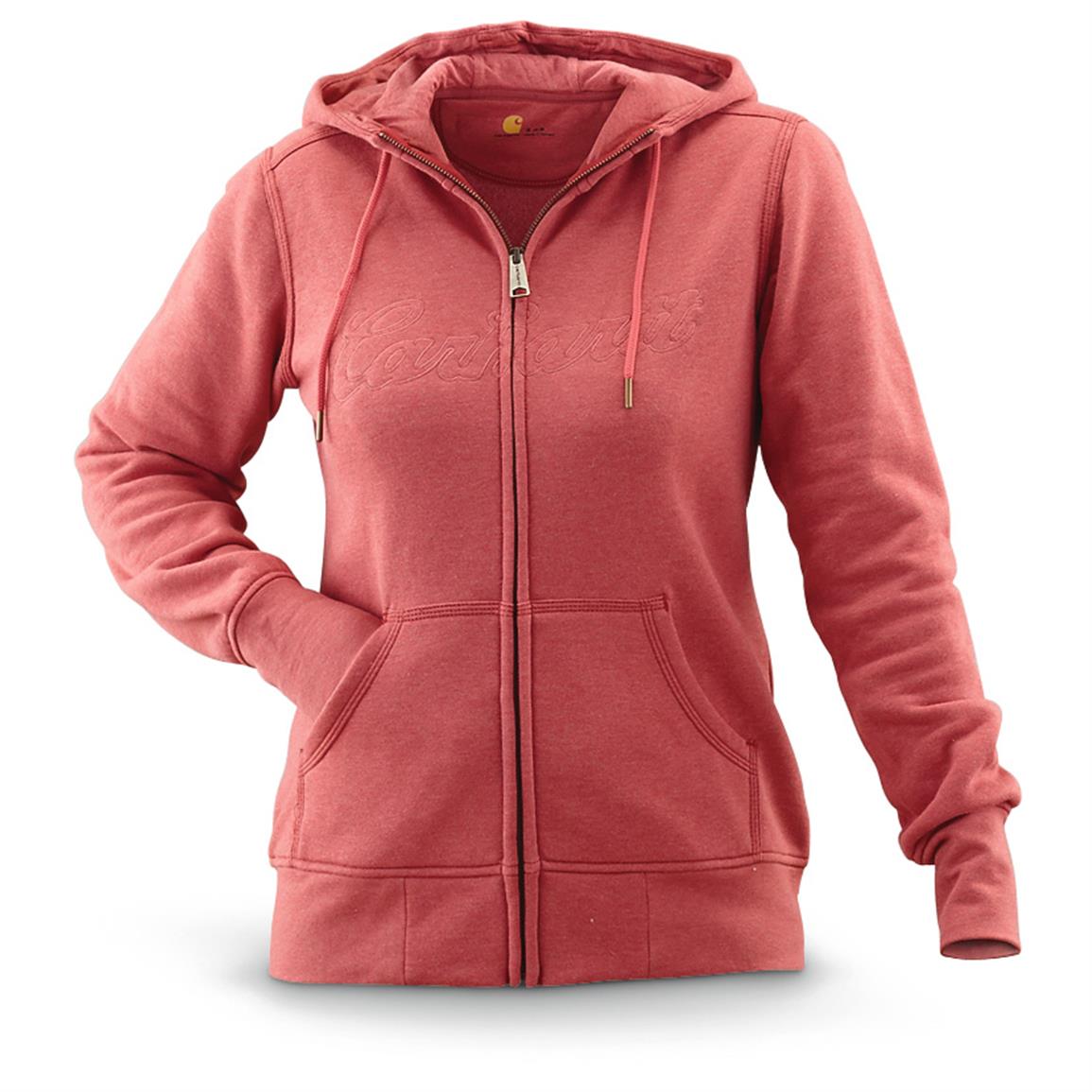Sweatshirts are long-sleeved tops that are made of thick cotton cloth. They are typically worn as casual clothing but aren't as formal as sweater s or cardigans. Browse around this site might not come with an Hood. If you're thinking of buying a sweatshirt, here are some tips:
Norma Kamali spread the appeal of sweatshirts
Since the late '70s and into the late '70s, Norma Kamali has transformed the basic sweatshirt into an art form. Her designs have become an essential part of all women's wardrobes. Her distinctive styles include tummy-tucking t-shirts to a crew neck to leather-paneled sweatshirts. She also has created clothes in unusual designs, like an oversized tank top that has long trumpet skirt.
The collaboration with the brand and sweatshirt maker Everlast gave rise to her Timeless line, which was hugely popular when it appeared in the spring catalog of Spiegel. The collection was made up of knits that could be interchangeable or convertible in classic shapes and many of the pieces were priced under $20. Even even if Kamali's Timeless collection wasn't available in stores, buyers were able to find the items through eBay or Poshmark.
Merino wool sweatshirts are more comfortable than soft sweatshirts
Merino wool is known for its ability to remove moisture that help keep you dry and comfortable. It is a natural fiber that also offers a smoother and more comfortable feeling. The fabric also dries quickly in comparison to other natural materials. Furthermore, merino is a renewable resource. Merino sheep shed their coats every year and regrow new ones.
The warmth-to-weight ratio of merino wool makes it popular for sweatshirts. It aids in controlling body temperature due to its natural loft, which traps heat between the fibers. This is why Merino wool sweatshirts are great for outdoor and summer activities like hiking, mountain biking, and running. The warmth it offers ensures that the wearer stays comfortable and dry. This is essential for working out.

Zip-front hoodies come with kangaroo pockets.
Kangaroo pocket Hoodies are a well-loved style of hoodies. They feature a big pocket on the front, which helps keep your hands warm during cold days. They're much more practical than traditional pockets as they allow your hands to slide into and out effortlessly.
Kangaroo pockets are usually large enough to hold an entire wallet or small items for personal use. They're usually big enough to hold the palm of a hand that is small or even large enough to accommodate two hands. They are wide on both sides and can be used to carry small items.
French Terry fabric is a very popular material for sweatshirts.
The French terry fabric is made of soft yarns knit into loops and are usually mid-weight. It is also renowned as a fabric that wicks moisture and is already pre-shrunk. French Terry is an excellent choice for sweatshirts because it keeps you warm when you require it and also keeps your cool when you want to cool off.
French terry is also popular for casual wear, as it has enough stretch and flexibility to feel good when you touch your body. It also allows enough air to circulate around the fabric, which makes it ideal for layering under other clothes. Furthermore, because it is lighter than other sweatshirts that you can wear throughout the year without feeling warm or cold.
Hoodies are classy and have a connotation of class.
Although it could appear that hoodies are just an appropriate garment for working class people, the reality is that they have a classist connotation. The hooded garment was first used in the early 1970s in New York, where graffiti artists wore them to conceal their identities. In 1976 the hoodies made their big film debut in "Rocky," when the working-class title character wore grey sweats that were hooded during his memorable climb to the top of the steps of the Philadelphia Museum of Art.
Hoodies are usually associated with death, destruction and other unpleasant items, yet they serve a practical purpose. For example, monks and priests may wear hoods to show modesty and inward focus.
